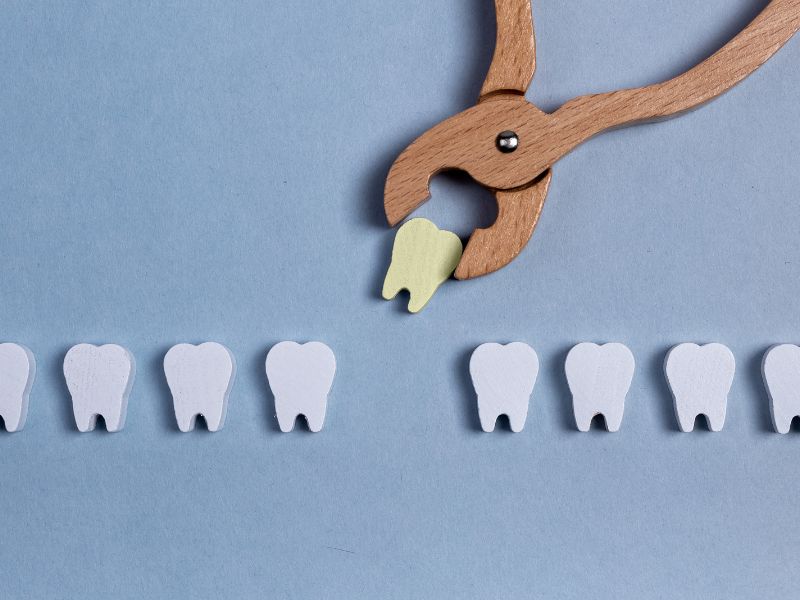Wisdom Teeth: What’s Behind the Trouble They Cause
They arrive late, often uninvited—and they rarely come quietly. Wisdom teeth, those third molars that develop at the very back of the mouth, have a reputation for stirring up more problems than they solve. While some individuals sail through their late teens or early twenties without a single issue, others find themselves dealing with pain, swelling, or signs of infection, often without much warning.
The problem is anatomical at its core. Most adults' mouths aren't big enough to fit four extra molars. Because of this, these teeth often have trouble finding room, which can cause crowding or partial eruption. Sometimes they get stuck under the gums or in the jawbone, which is called impaction. If you leave them alone, impacted wisdom teeth can slowly hurt things below the surface long before you notice any problems.
When Third Molars Don’t Fit In
There’s a common misconception that wisdom teeth only need to come out if they’re causing pain. But by the time discomfort sets in, the tooth may already be compromising nearby structures. What begins as mild pressure can eventually contribute to shifting teeth, gum inflammation, or even decay in adjacent molars.
Not all impactions look the same:
- Some teeth angle forward, pressing into their neighbors.
- Others tilt backward, or lie flat against the bone.
- Occasionally, they erupt just enough to break through the gum line—creating a narrow opening that’s nearly impossible to keep clean.
In these cases, bacteria can accumulate, triggering recurrent infections and swelling around the crown of the tooth. There’s also a deeper concern: cyst formation. In rare instances, fluid-filled sacs can develop around an impacted tooth, gradually eroding the jawbone and damaging nearby roots. These changes often go unnoticed until they show up on a routine X-ray.
The Case for Early Removal
Timing is important. The best time to have teeth pulled is usually between the late teens and early twenties, when the roots haven't fully formed and the bone around them is easier to work with. At this point, surgery is usually easier and the recovery is faster and more predictable.
On the other hand, waiting too long can make things more complicated. As the teeth settle into place more firmly, it becomes harder to take them out. The risk of nerve disturbance or delayed healing also rises with age.
Some patients are understandably hesitant to undergo surgery when the teeth aren’t actively causing trouble. But proactive removal often prevents future problems that are far more difficult to manage. Many oral surgeons recommend removal based not on pain, but on positioning and likelihood of future disease.
What the Procedure Looks Like
Most of the time, wisdom teeth are taken out as an outpatient procedure with local anesthesia, sedation, or general anesthesia, depending on the case. In less complicated cases, basic tools can be used to take the tooth out whole. When the tooth is impacted, a small cut is made in the gum, and the tooth is cut into smaller pieces to make it easier to pull out. This is more common.
Advanced imaging, such as cone beam CT scans, can help with planning and accuracy, especially when the roots are close to sensitive structures like the inferior alveolar nerve. Practices that use these tools usually have fewer problems and better results.
The procedure itself doesn't take long, and patients usually go home the same day with clear instructions for what to do after the surgery. Most patients find the recovery manageable, even though they may be in pain for a few days. This is especially true if the surgery is done early and the healing is closely watched.
What Recovery Really Feels Like
For most, the first 24 to 48 hours bring the bulk of the swelling and soreness. Ice packs and prescribed medications help manage these symptoms effectively. Gentle rinsing begins after the first day, and patients are encouraged to stick to soft foods for several days.
One important consideration is dry socket, a condition that arises when the protective blood clot in the extraction site becomes dislodged. It’s painful—but avoidable. Following aftercare instructions closely, particularly avoiding straws and smoking, can significantly reduce the risk.
In the majority of cases, tissue heals within a week, and most people return to normal activities within a few days. However, deeper healing beneath the gum surface continues for several weeks. During this period, it’s important to maintain good oral hygiene without disturbing the site.
Why It’s Worth Addressing
Wisdom teeth are a bit of a wild card in dental care. Some emerge without incident, but more often, they introduce subtle issues that worsen over time. Patients can avoid much worse problems later on by taking care of them early, before infections set in or nearby teeth are affected.
The procedure has come a long way in the last few years. Most patients find that having their wisdom teeth taken out is less painful and more predictable than they thought it would be. This is because of new sedation methods, detailed imaging, and minimally invasive techniques. When done at the right time, it helps keep your mouth healthy in the long run and lowers your risk of problems in the future.
To consult with an experienced oral surgeon and determine the best approach for your wisdom teeth, call 515-416-6653.












